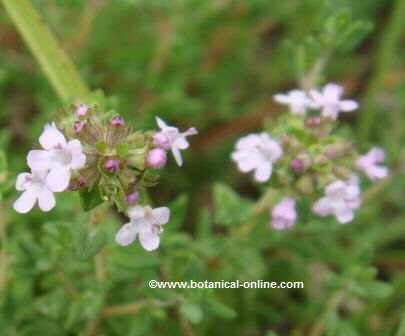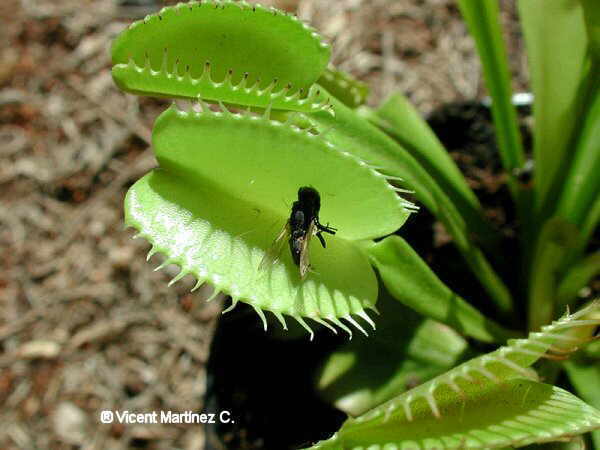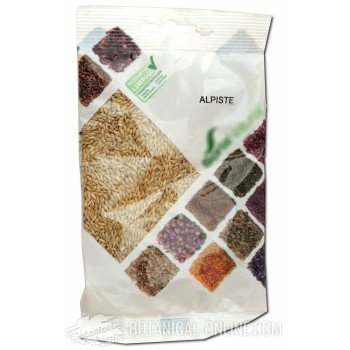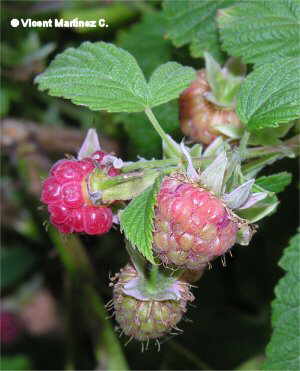Contents
What is an aquatic ecosystem?
Characteristics of aquatic ecosystems
Aquatic ecosystems are those that occur in water.
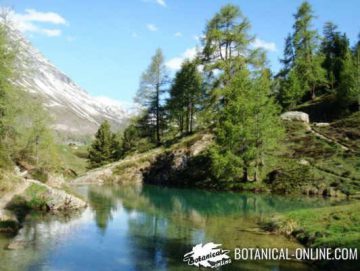
The individuals belonging to an aquatic ecosystem have physical characteristics more similar to those that live in terrestrial ecosystems. We could say that living beings in water have evolved in a more similar way to how they have done on land. A very clear example of this is found in fish, whose fuso shape clearly responds to the need to move better through the water. It does not matter if it is a sardine, which it is a fish with a bone structure, or a shark, which has a cartilaginous structure. Both fish have a very similar body shape.
Even other organisms, such as cetaceans, which are aquatic mammals and not fish, have adopted similar forms. A dolphin has a silhouette similar to a sardine, even though it is not a fish.
The development of similar organs through different evolutionary processes by individuals in the same environment is known as adaptive convergence. Of course, this convergence is not exclusive to aquatic environments. Aquatic environments are said to exhibit greater adaptive convergence than terrestrial ones.
In the air environment, for example, the wings of bats and the wings of birds represent an adaptive convergence. The two organs have the same purpose and similar shape, although the way they develop has been different.
Advantages of aquatic ecosystems
The main advantage of aquatic ecosystems is their less dependence on temperature. In a terrestrial ecosystem, temperature is a limiting factor, while water temperature has a more uniform value and does not limit the permanence of individuals so much.
Disadvantages of aquatic ecosystems
The main disadvantages of aquatic ecosystems are lack of nutrients, lack of oxygen, lack of sunlight or water pressure.
- The lack of nutrients is produced by sedimentation of the minerals that, carried by their weight, settle to the bottom. The waters located near the coast are rich in nutrients, because of the contributions of the rivers and due to the fact that the depth of the sea still allows the sea currents to move the bottom , so the nutrients rise to the upper layers. These nutrients can be used by primary producers (phytoplankton) to start the food chain.The inland waters of the seas and oceans are very deep, so that the minerals are deposited at the bottom and they cannot ascend to the upper layers. This determines the lack of productivity in areas located far from the coast. This is the reason why the great fishing areas of the world are located on the continental shelves. These are very productive areas, in addition to coastal areas, where outcrops occur.
- Due to the difference in density, caused by temperature and salinity, the surface waters of these cold oceans sink and are replaced by deep waters that rise in other parts of the ocean dragging minerals to the surface (areas of oceanic upwelling). The Arctic and Antarctic Glacial Oceans are particularly interesting because of these phenomena.
- Other areas with very rich seas are the places where thermal outcrops occur. This occurs in underwater places close to faults, where there is great thermal activity. In these places the sea water seeps into the cracks into the earth. Once inside it, it is saturated with hydrogen sulphide and it is expelled very hot to the outside through geysers. In contact with water, it cools down again.There are bacteria that are capable of using hydrogen sulfide as an energy source. These bacteria make up the base of the food chain. This type of aquatic ecosystem makes the Galapagos fault, for example, one of the richest marine ecosystems in the world.
- Plant life is necessary in the sea for life to be sustained. Vegetables need light to perform the chlorophyll function and, with it, to manufacture nutrients. Life in water is severely limited by the lack of sunlight. The light does not usually reach below 200 meters or even much less in unclear water.
- Water pressure increases as depth increases. This makes life impossible for species that are not adapted to great depths.
Types of aquatic ecosystems
According to the place where the aquatic ecosystems are located, from highest to lowest level, there are three types of ecosystems:
- Benthic aquatic ecosystems (Benthos): They are those that occupy the bottom of aquatic ecosystems. In shallow places, the primary producers are still the algae, that constitute most of the phytoplankton. In very deep places, where light does not reach, all living elements are consumers and depend on the living matter. This is deposited at the bottom and it comes from higher layers or they have to climb to layers not so deep to feed and return later to their usual place.The benthos requires a great level of specialization to the organisms that inhabit it. Many of them have flat shapes, such as rays or soles; others have phosphorated organs that provide light in the darkness of deep waters, some are provide of tactile organs to “feel” the bottom, and so on.
Among the most typical elements of the Benton we have corals and oysters.
- Nectonic aquatic ecosystems (Necton): They are those that move in free waters such as tuna or sharks.
- Planktonic aquatic ecosystems (Plankton): They are those that live floating in marine or terrestrial waters. They do not move by themselves, but are dragged by the movements of the water, produced by the tides, the wind or the currents.
We must distinguish between phytoplankton or plant plankton, which is formed by organisms that carry out photosynthesis, and zooplankton, which is animal plankton.
- Neustonic aquatic ecosystems: They are those that live floating on the surface of the waters. Within this group are certain plants or certain microorganisms.
![]() More information on ecology
More information on ecology



